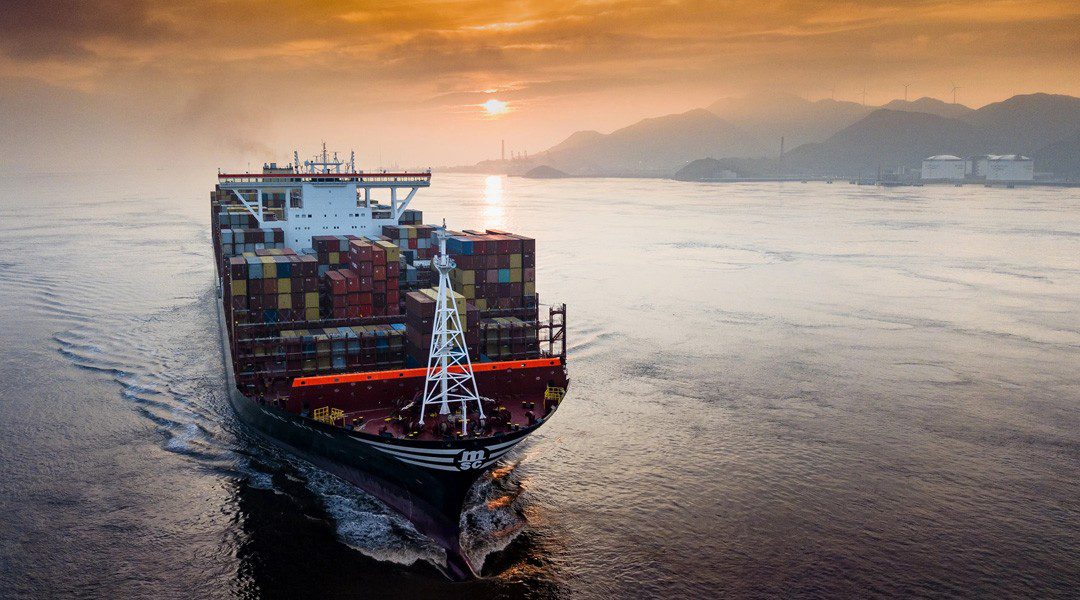Even though the current global container ship order book has hit a record high, and European shipowners are placing intensive orders for feeder ships, Constantin Baack, CEO of MPC Container Ships, recently stated: from the perspective of the long-term market outlook, the existing order book for small container ships is “still insufficient.”
Baack explicitly stated during the company’s earnings call that the shipping market will require new small container ships over the next five years to drive fleet renewal. According to the data he disclosed, there are currently 4,000 container ships globally ranging from 1,000 TEU to 8,000 TEU, with about a quarter of them being over 20 years old. Therefore, Baack considers the recent surge in orders for small container ships “completely within expectations.”
Baack said, “Order activity in this segment is indeed increasing, but I am not concerned about an order glut at this stage. On the contrary, the market urgently needs these new orders, and judging by the current order volume, it is still far from sufficient to meet the fleet renewal needs of the small container ship segment.”
Looking at core industry data, the current global container ship order book to existing fleet ratio (orderbook-to-fleet ratio) is about 30%, but Baack specifically emphasized that this ratio for small container ships remains in the single digits.
“Influenced by the overall high age of the fleet, there is a structural, rigid demand for renewal of small container ships,” Baack further explained. “At the same time, the latest changes in the geopolitical situation are driving adjustments in the global trade landscape, which will also impact vessel demand.” He added that shifts in trade patterns are highly likely to benefit smaller vessels—due to their greater route flexibility—”but even so, the current orders placed for small container ships in the market are still insufficient.”
Baack also revealed a set of key market data: In the second quarter of 2025, the global new container ship order volume was approximately 1 million TEU. Compared to previous quarters, the proportion of feeder ships in the number of vessels ordered slightly increased; out of 98 new vessel orders, about 36 (accounting for over one-third) were container ships with a capacity of less than 3,000 TEU.
“It is important to note that among vessels with a capacity of less than 6,000 TEU, 58% are already 15 years old, creating an urgent need for replacing older ships,” Baack pointed out. “Therefore, newbuilding investments in the feeder and medium-sized container ship segments remain a bright spot in the industry at this stage, with liner companies maintaining a high level of inquiries and attention for such vessels.”
It is also understood that MPC Container Ships itself is actively positioning in the small and medium-sized container ship market: In July of this year, the company announced an order for four 4,500 TEU container ships, with deliveries scheduled to commence progressively from 2027; as of June 30, 2025, its group fleet comprised 54 vessels with a total capacity of approximately 133,080 TEU.





